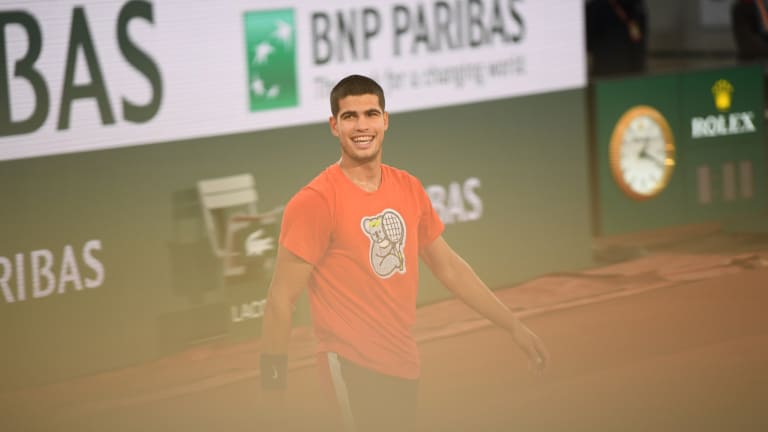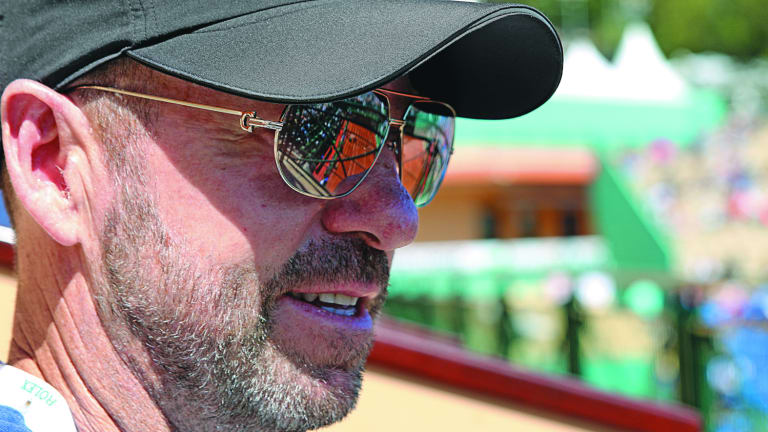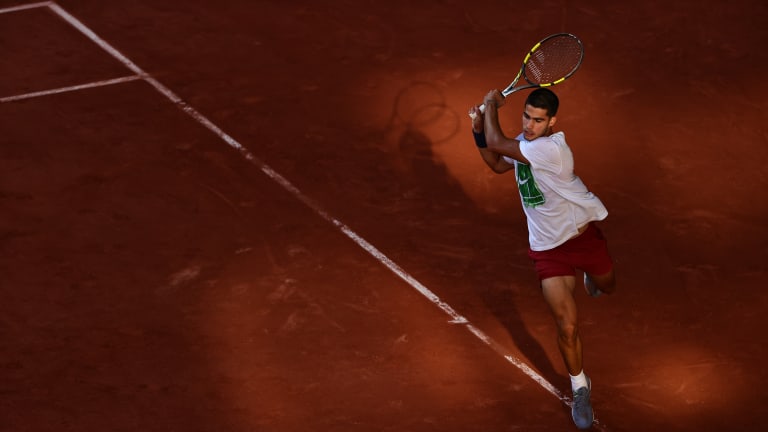“He could be a tennis player created by AI”: How can anyone beat Carlos Alcaraz?
By May 20, 2022Rafael Nadal to be honored with 'exceptional' tribute on opening day of Roland Garros
By Apr 17, 2025French Open organizers introduce draw to access ticket sales
By Jan 07, 2025Coaches Corner: Juan Carlos Ferrero proves essential to Carlos Alcaraz's Roland Garros success
By Jun 14, 2024What’s next for Novak and Nadal? Four ATP storylines after the Paris fortnight
By Jun 10, 2024Naomi’s resurgence, Iga on grass: Four WTA storylines after the Paris fortnight
By Jun 10, 2024Carlos Alcaraz becomes the clay-court champion that he—and we—always knew was possible
By Jun 09, 2024Coco Gauff wins first Grand Slam doubles title with Katerina Siniakova in dream team debut
By Jun 09, 2024Coco Gauff is a Grand Slam champion in singles and doubles, exceeding her own expectations
By Jun 09, 2024From Rafa to Iga: as one owner of Roland Garros departs, a new one has moved in
By Jun 08, 2024“He could be a tennis player created by AI”: How can anyone beat Carlos Alcaraz?
It’s tempting to conclude that the 19-year-old has brought the evolution of tennis technique and style to an end point—and he appears to be shaping how the game will be played by most everyone, soon.
Published May 20, 2022
Advertising
Advertising

Alexander Zverev had no answers, but plenty of celebratory champagne, for Carlos Alcaraz in Madrid.
© AFP via Getty Images
Advertising

In just a few months, the affable Alcaraz has changed the conversation of the men's game.
© Clement Mahoudeau / FFT
Advertising

Craig O’Shannessy has worked with Novak Djokovic—a legend that the Alcaraz has already been compared to—and has studied the 19-year-old in victory and defeat.
Advertising

Alcaraz will be fed an unlucky qualifier in the first round; he could face Nadal or Djokovic in the semis.
© Loic Wacziak / FFT
Advertising

From Cap Cana Challenger to Miami Master
Jakub Mensik's March journey included a semifinal run on the Challenger Tour.